At the summit, which will take place in Washington, a meeting is expected between U.S. President...
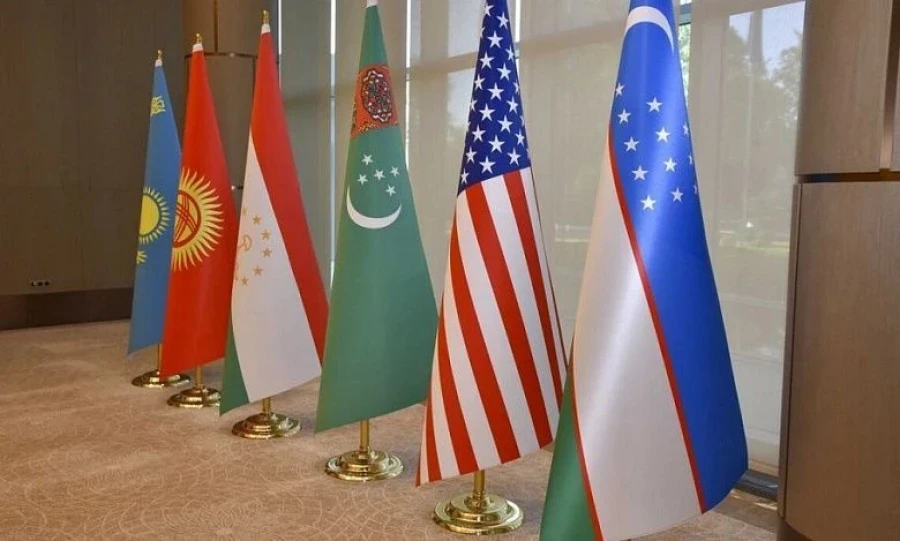
The heads of state of Central Asia have received an invitation from the President of the United...
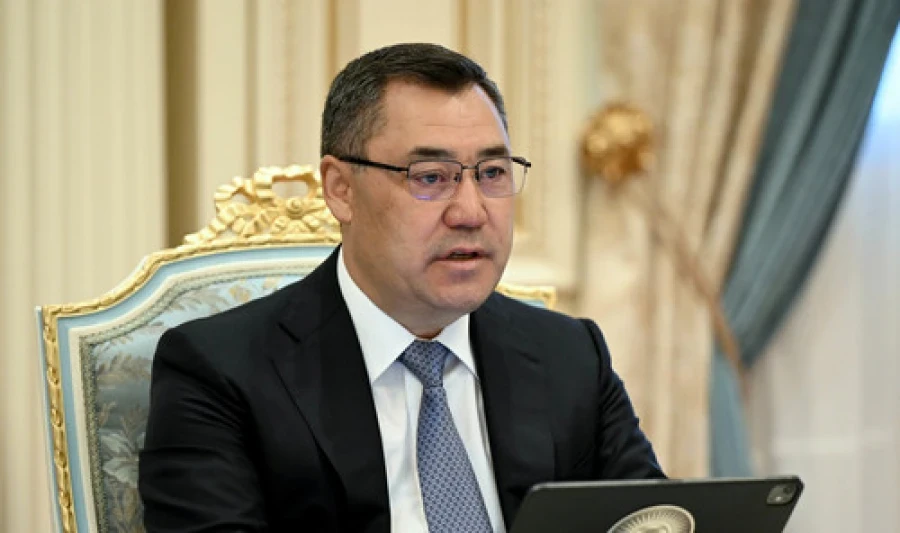
The preparation for the visit of the President of the Kyrgyz Republic to the USA is in full swing...

On November 6, 2025, a meeting of the presidents of five Central Asian countries with Donald Trump...
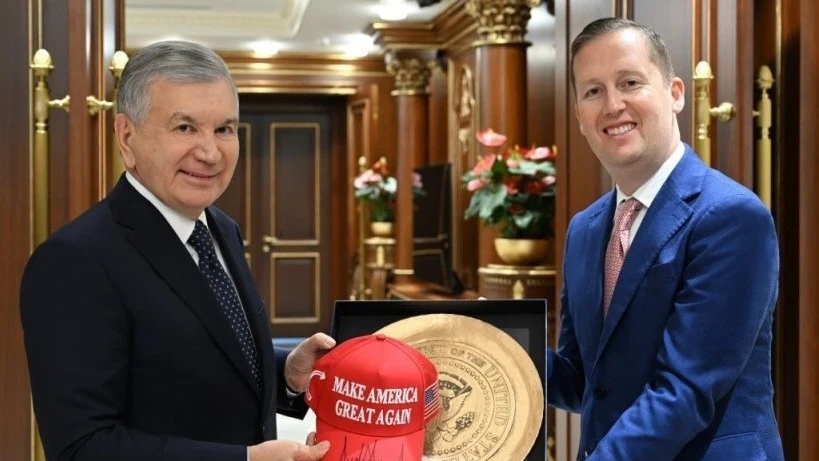
The President of Uzbekistan, Shavkat Mirziyoyev, held a meeting with a delegation from the United...
[img]http://vesti.kg/dаta:image/svg+xml;base64,PHN2ZyB4bWxucz0iaHR0cDovL3d3dy53My5vcmcvMjAwM...
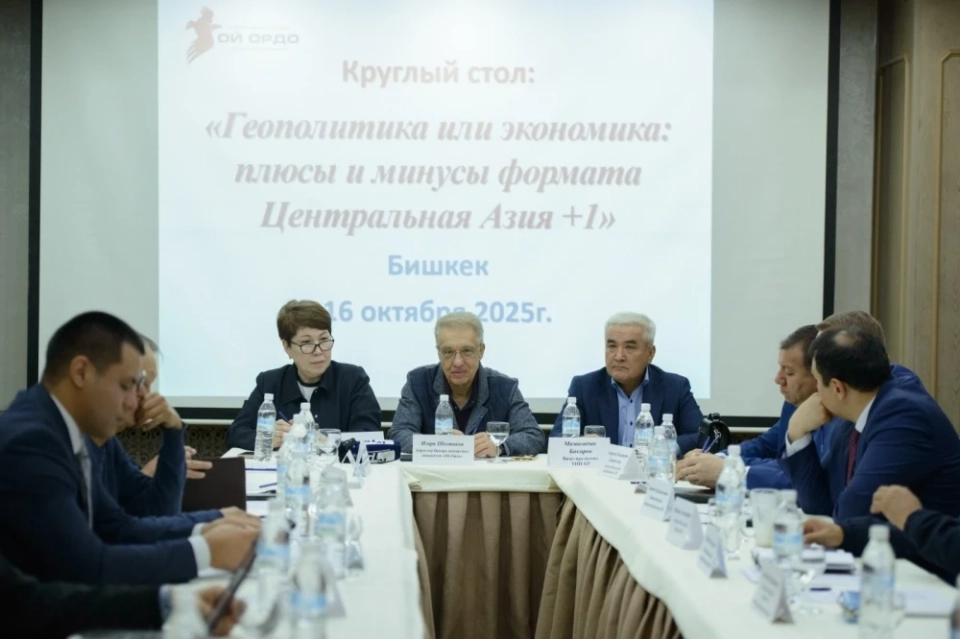
The growing interest in Central Asia, especially from leading countries, has become noticeable in...
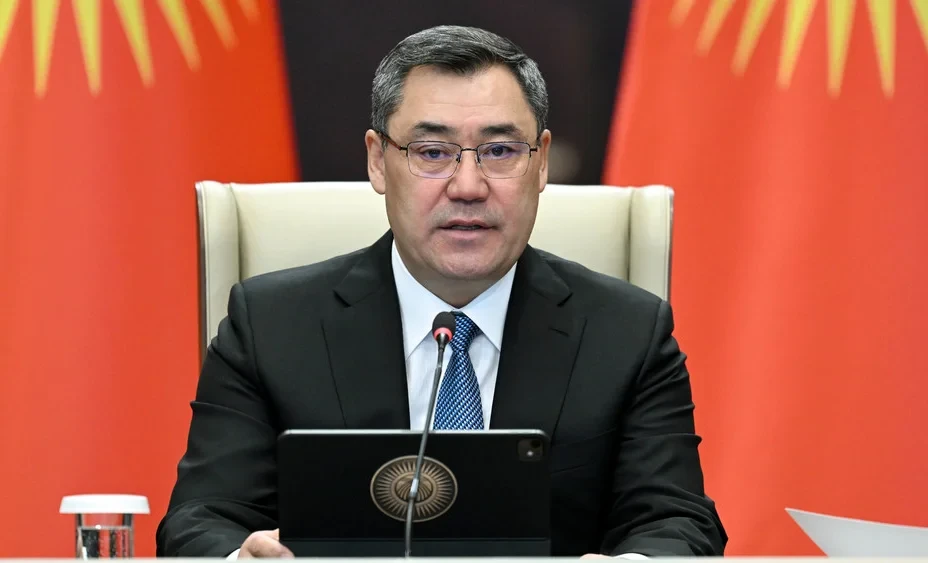
President of the Kyrgyz Republic Sadyr Japarov will participate in the summit of Central Asian and...
[img]http://vesti.kg/dаta:image/svg+xml;base64,PHN2ZyB4bWxucz0iaHR0cDovL3d3dy53My5vcmcvMjAwM...
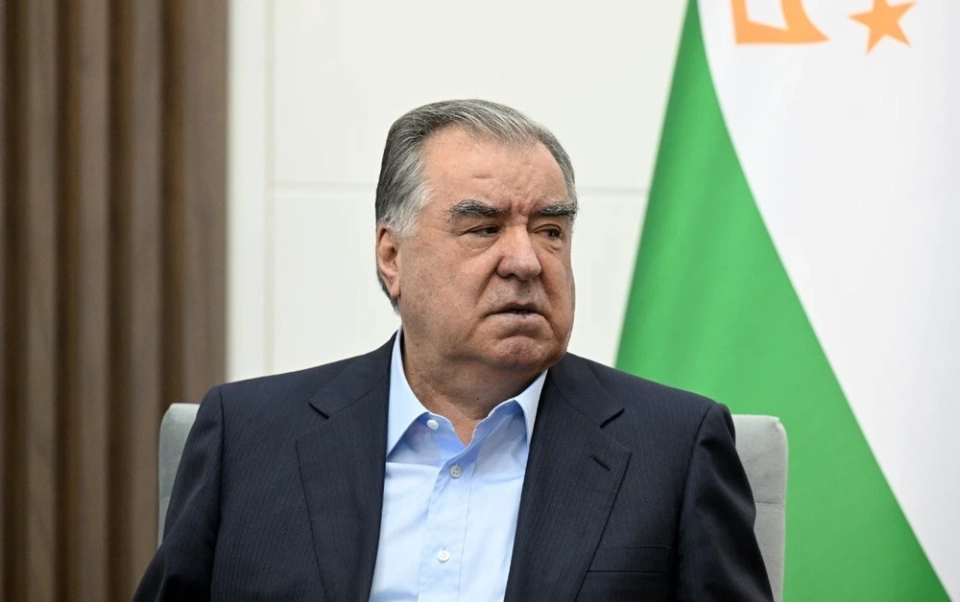
On November 6, a "Central Asia - USA" summit will take place in Washington in the...

Foreign Ministers of Central Asia Discussed Security Issues in the Region The foreign ministers of...
According to the latest World Happiness Report 2025, Kazakhstan ranked first as the happiest...

“It is essential for this forum to become a pivotal moment in the development of bilateral and...

Central Asia has once again found itself in the spotlight of leading regional and non-regional...
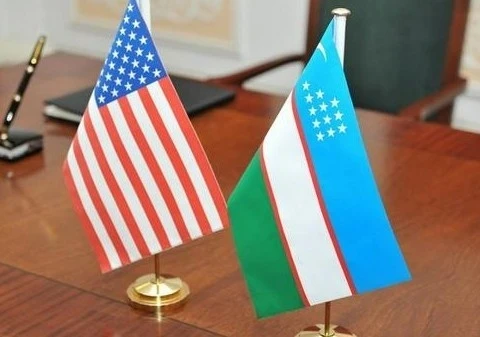
Starting from January 1, 2026, citizens of the United States of America will be able to travel in...
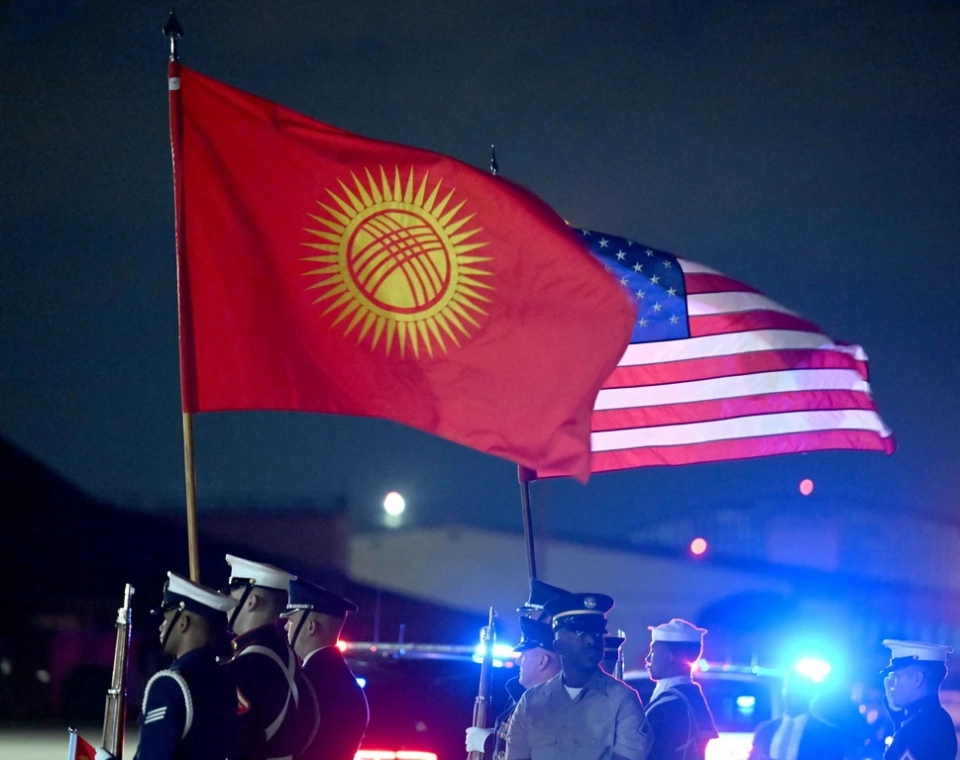
Photo from the press service of the President of the Kyrgyz Republic. On November 5, President...

U.S. Secretary of State John Kerry is concluding his Central Asian tour this week, having visited...
As reported by Reuters, Sanae Takachi, the Prime Minister of Japan, plans to nominate Donald Trump,...
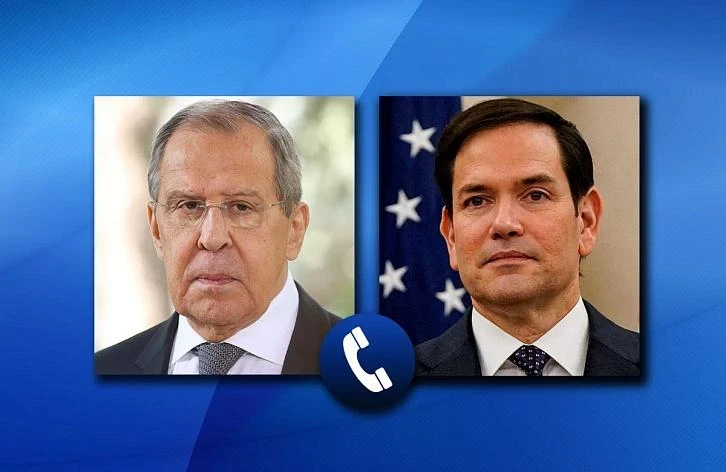
The situation surrounding the Ukrainian conflict has reached a deadlock following a phone call...
In Central Asian countries, the "One Health" program has been initiated, as reported by...
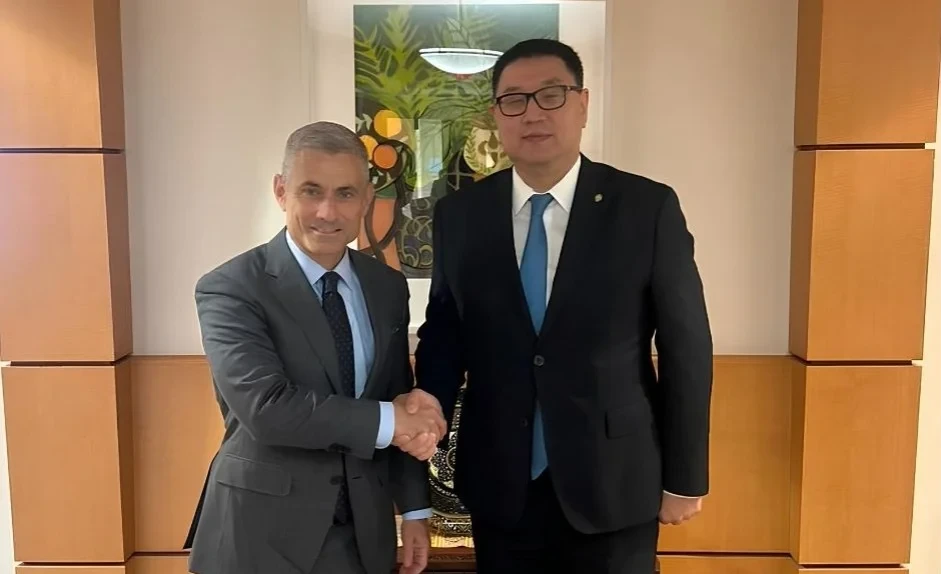
A meeting took place in Washington, where the Ambassador of Kyrgyzstan to the USA, Aibek...

By 2050, the population of Central Asia will reach 96 million people. This represents an increase...

U.S. Secretary of State John Kerry will visit Kyrgyzstan, Kazakhstan, Uzbekistan, Tajikistan, and...

Central Asia has significant geo-economic potential for India due to its strategic location, which...
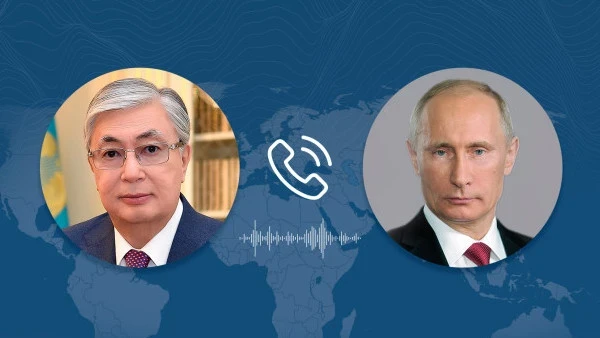
During the discussion between the heads of state, attention was focused on the preparations for...
According to Peskov, Russia will respond to the actions of countries that violate the moratorium on...

Prime Minister of Hungary Viktor Orban On Wednesday, Viktor Orban announced the ongoing...

Approximately 80 million tons of uranium waste are located in the tailings of some countries in...

After the denunciation of agreements on the construction of hydropower plants in Kyrgyzstan by...

On July 25 of this year, the ninth International Festival "Oymo-2014" will begin its...
From October 16 to 19, the third and final stage of the Central Asia Cup in sport climbing for the...
[img]http://vesti.kg/dаta:image/svg+xml;base64,PHN2ZyB4bWxucz0iaHR0cDovL3d3dy53My5vcmcvMjAwM...
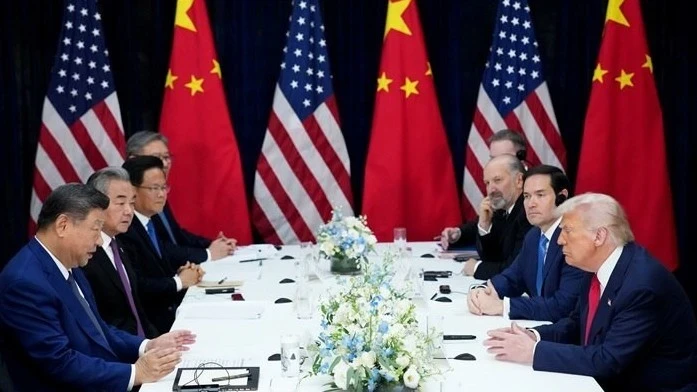
The meeting lasted 1 hour and 40 minutes, exceeding the scheduled time in Trump's agenda. As...
According to information provided by the Eurasian Development Bank, trade volume between Central...
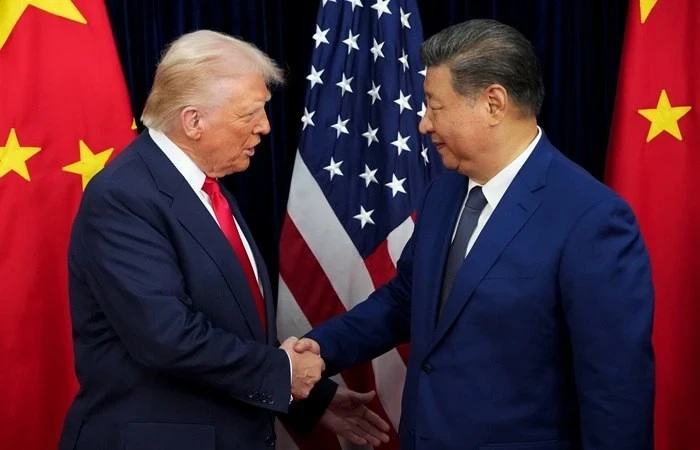
In Busan, South Korea, a meeting is taking place between Xi Jinping and Donald Trump, reports...
- On October 23, analysts from the Eurasian Development Bank (EDB) presented their findings on the...
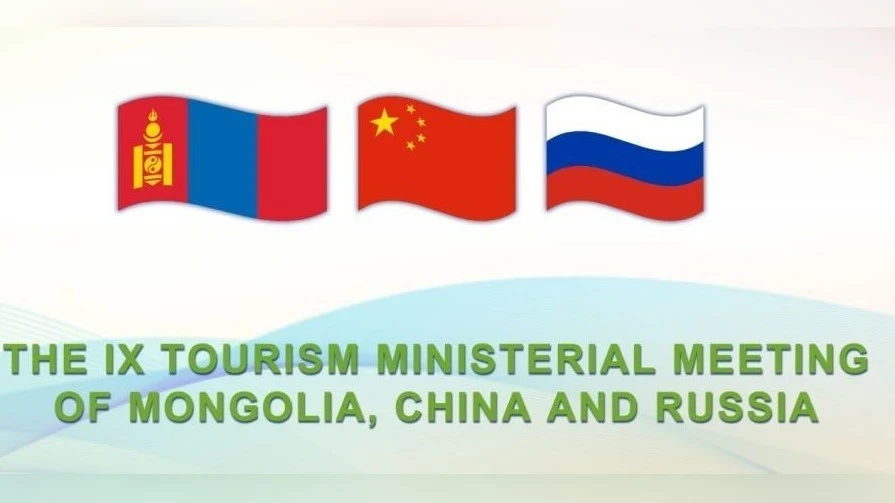
The IX Meeting of the Tourism Ministers of Mongolia, China, and Russia will be held on November 7,...

In the Austrian capital, Vienna, on November 3, 2014, the Second Conference of the United Nations...

The first youth forum of BRICS and SCO countries is taking place in Ufa from July 26 to 29, with...
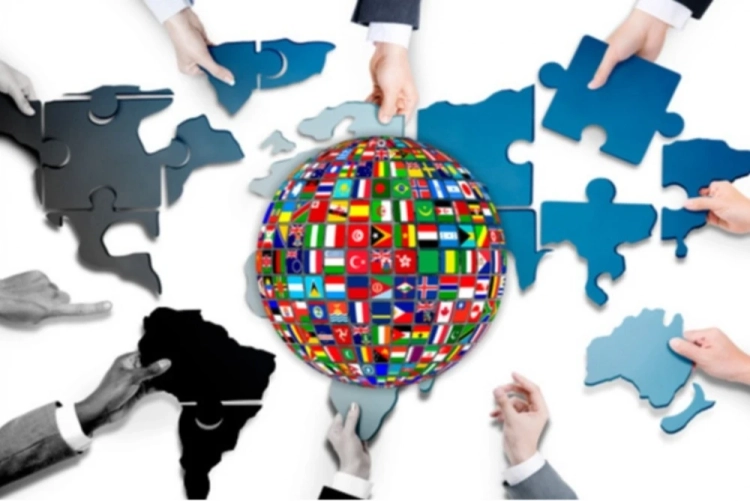
At the event, which will take place on October 24, experts from Russia and other countries will...
In his address to supporters, Zokhran Mamdani, who won the election, emphasized the need to stop...
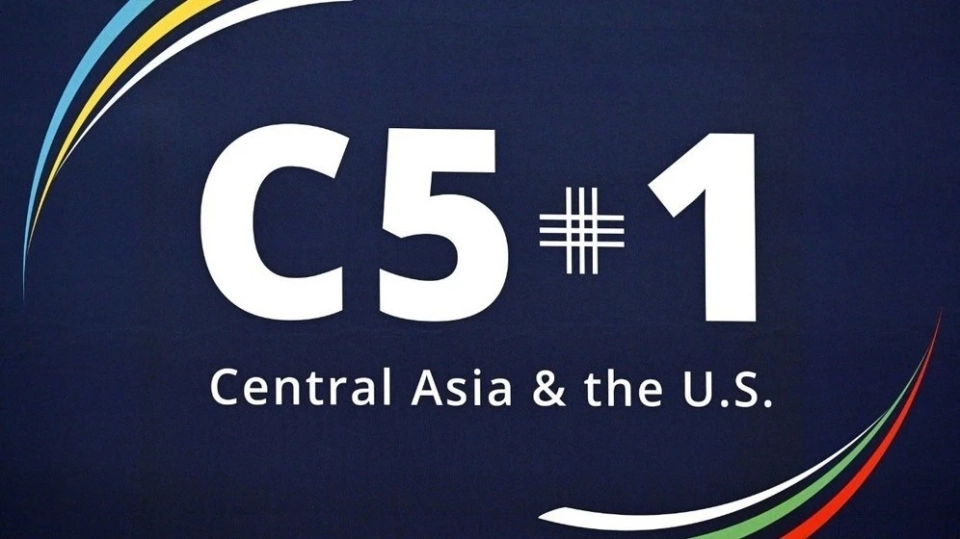
The press service of the President of Kazakhstan reported that Kassym-Jomart Tokayev expressed...

This year marks the conclusion of the cooperation project between Japan and Kyrgyzstan for the...

The mayor Kubanychbek Kulmatov congratulated the residents of Bishkek at Ala-Too Square....

Ala-Archa Zone is located 30 km south of Bishkek in the central part of the Kyrgyz Ala-Too range...